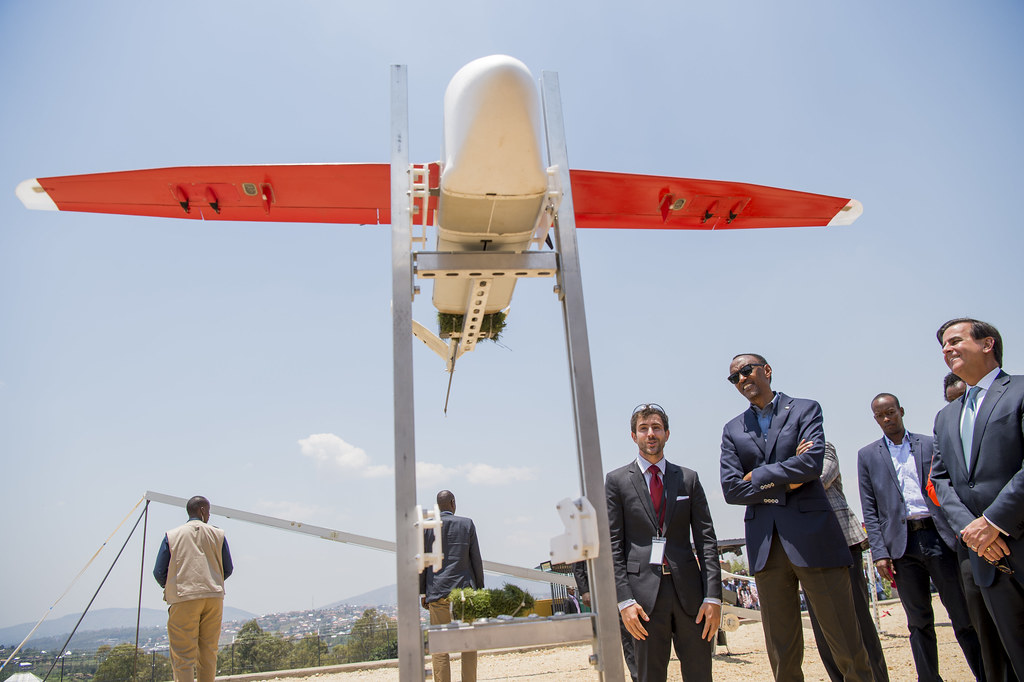Zipline is an American company that designs, manufactures, and operates delivery drones. The company operates distribution centers in Rwanda, Ghana, Japan, and the United States, with signed agreements to begin service in Nigeria, Cote d’Ivoire, and Kenya. As of April 2022, its drones have made over 20 million miles of flights across 275,000 commercial deliveries.
Zipline was founded to create the first logistics system that serves all humans equally. Our aim is to solve the world’s most urgent and complex access challenges. Leveraging expertise in robotics and autonomy, Zipline designs, manufactures and operates the world’s largest automated delivery system. Zipline serves tens of millions of people around the world and is making good on the promise of building an equitable and more resilient global supply chain.

The company’s drones deliver whole blood, platelets, frozen plasma, and cryoprecipitate along with medical products, including vaccines, infusions, and common medical commodities. As of September 2021, more than 75% of blood deliveries in Rwanda outside of Kigali use Zipline drones. In April 2019 in Ghana, the company began using drones to deliver vaccines, blood, and medicines. In addition, during the COVID-19 pandemic in 2020, the US Federal Aviation Administration (FAA) granted a Part 107 waiver to Zipline’s partner organization Novant Health for the delivery of medical supplies and personal protective equipment (PPE) to medical facilities in North Carolina.

The company also offers delivery services for non-medical products as well, providing examples on its website for restaurants, groceries, convenience shopping and e-commerce. Zipline’s standard of care is simple: be reliable, all the time, and treat every customer delivery as though it is meant for someone you love. Whether you are testing new hardware, developing software, packing an order, or repairing an aircraft, you are a critical link in the chain. There is no work at Zipline that doesn’t connect to this journey.
According to flyzipline.com; hbsp.harvard.edu. Source of photos: internet








